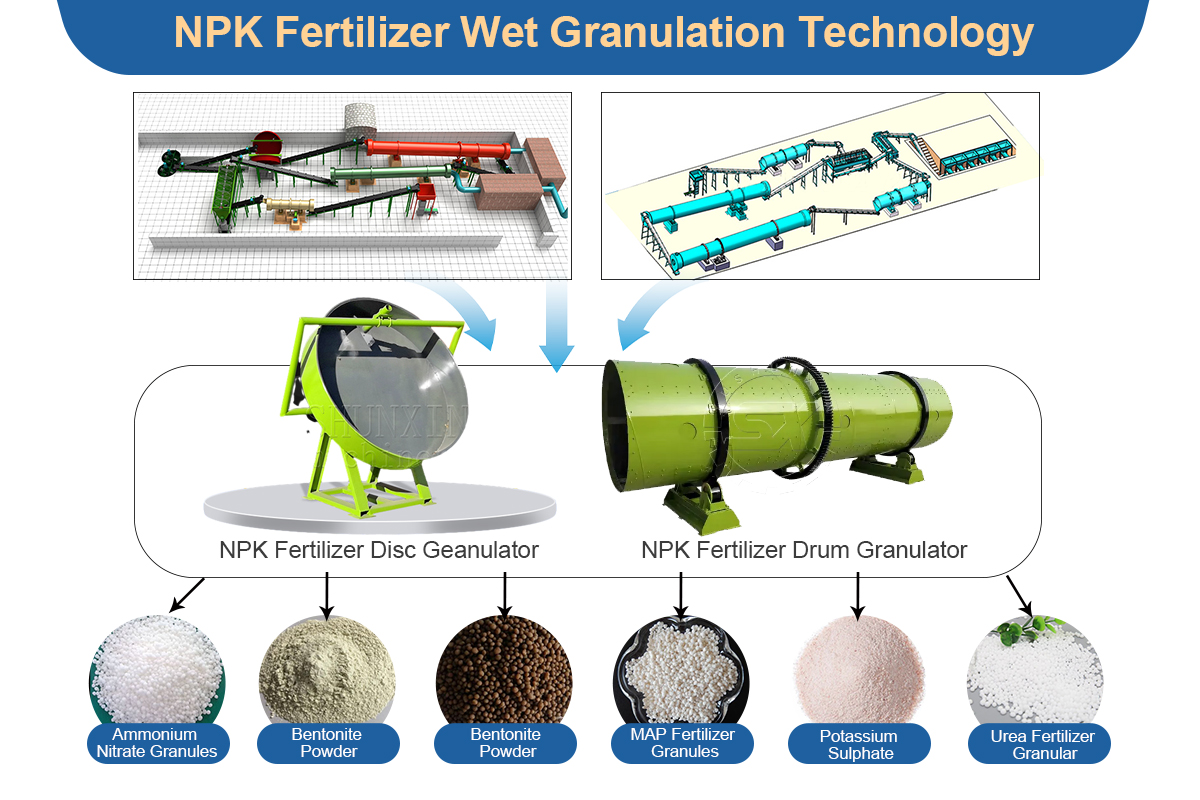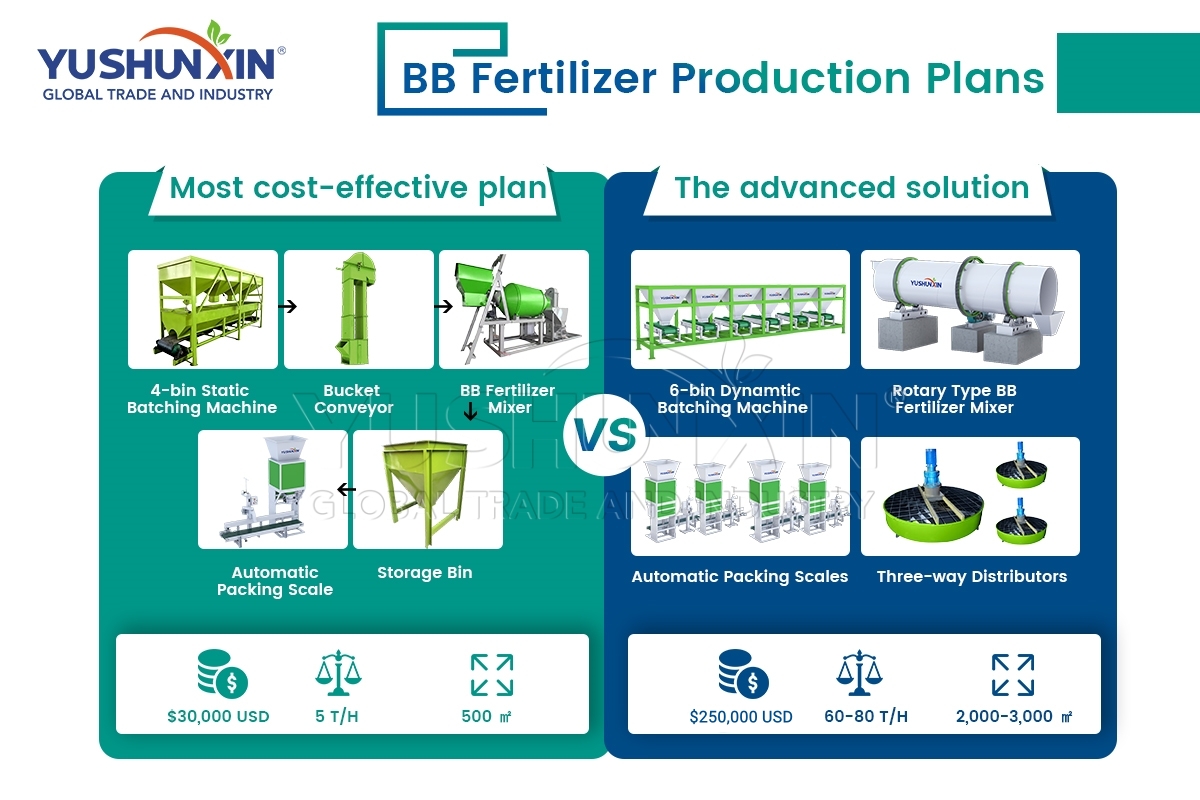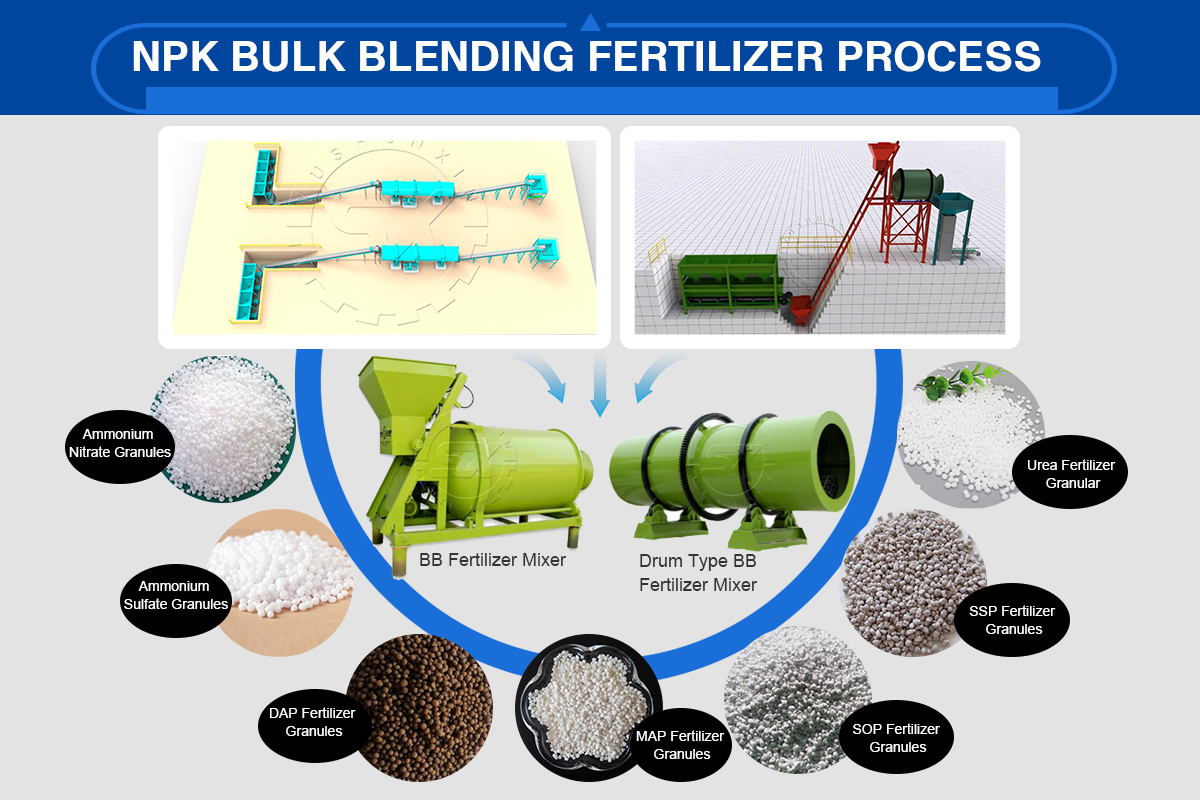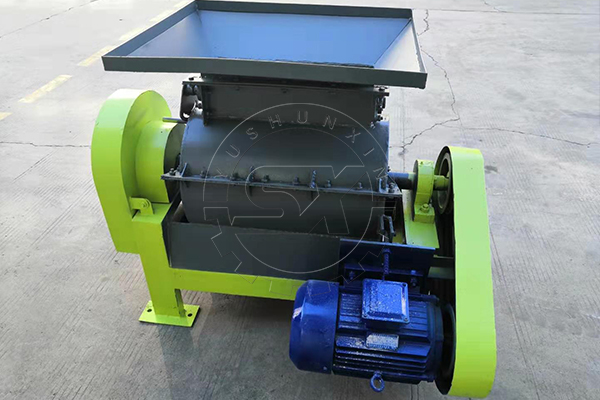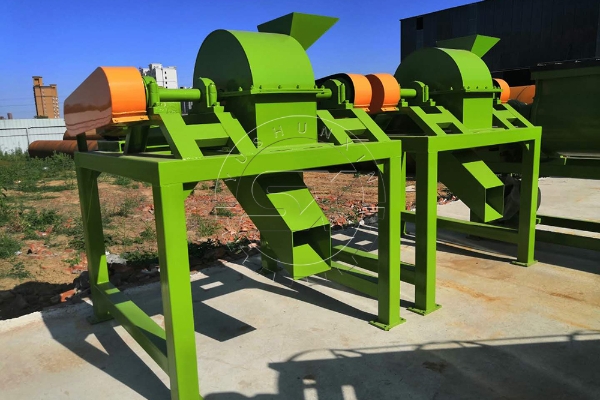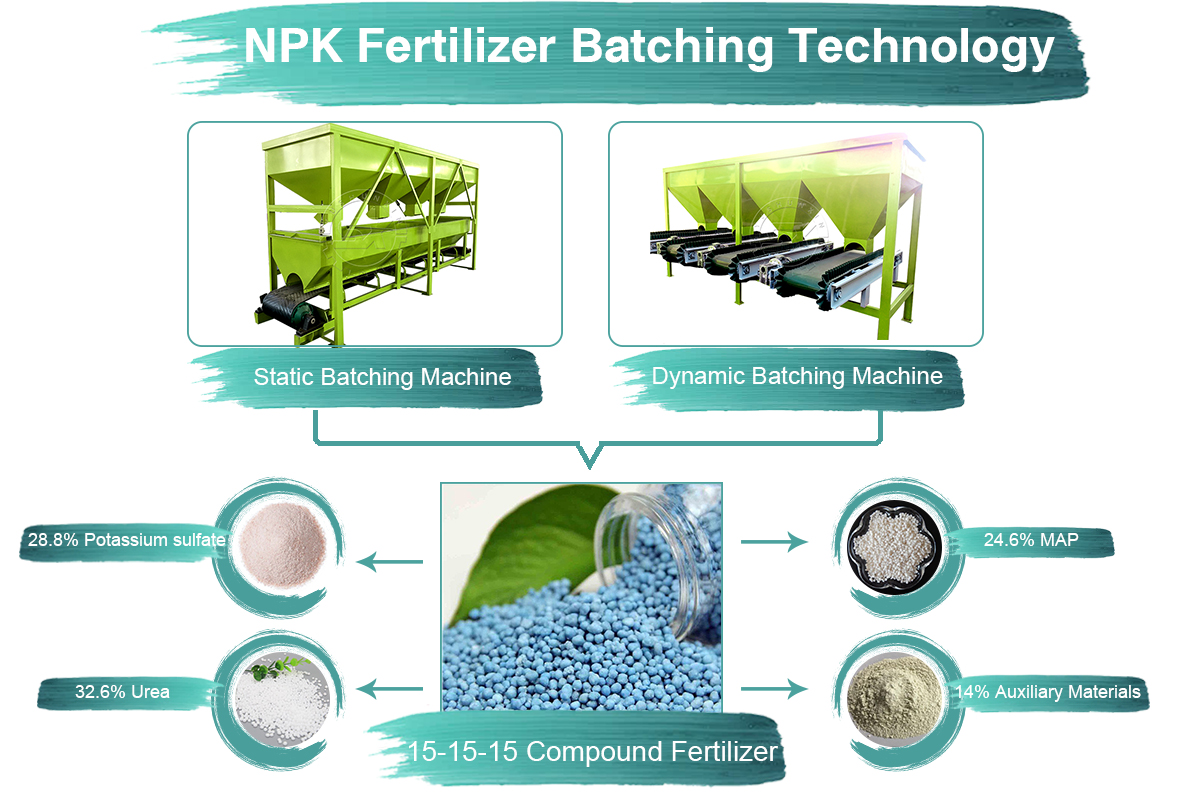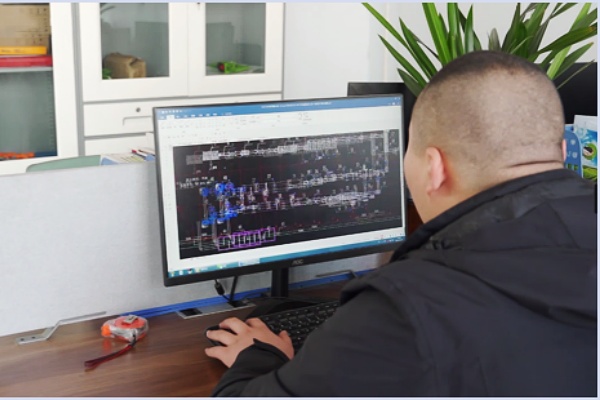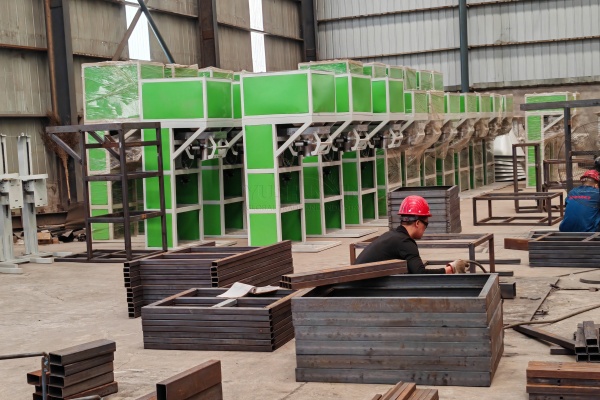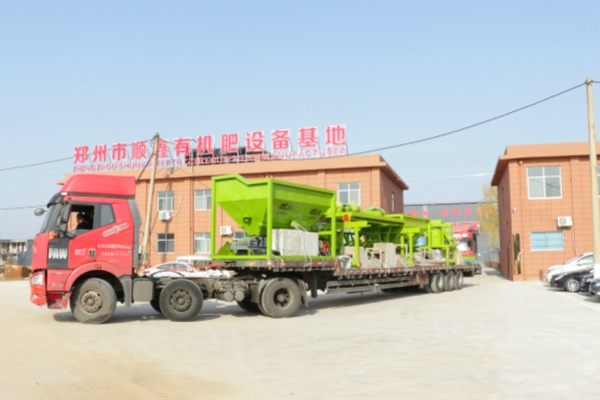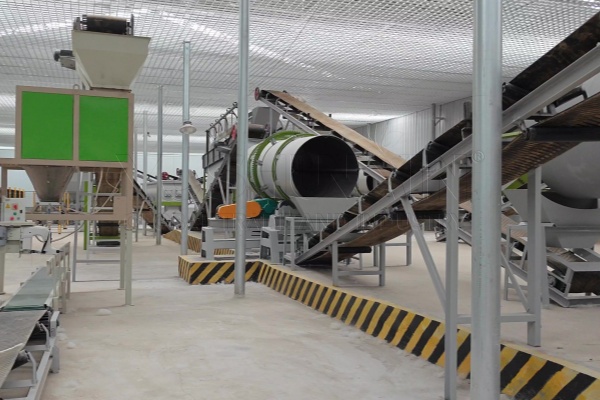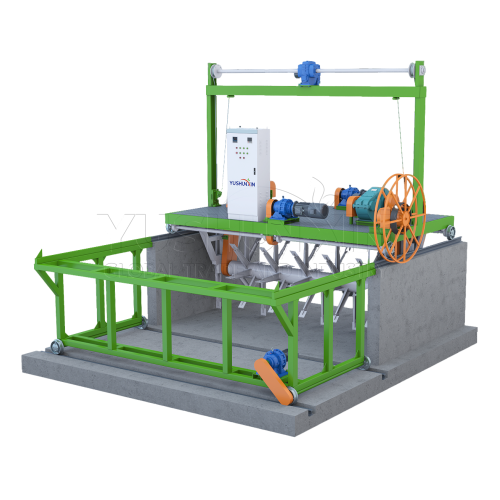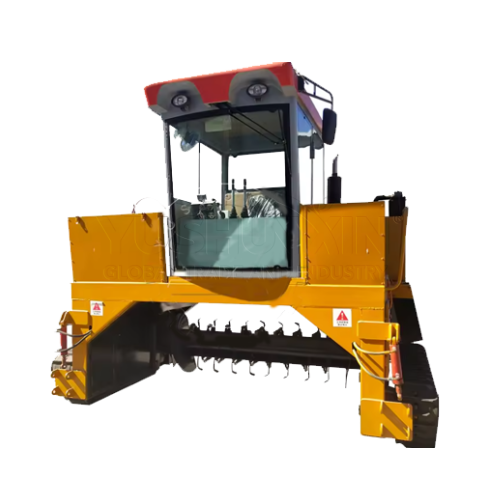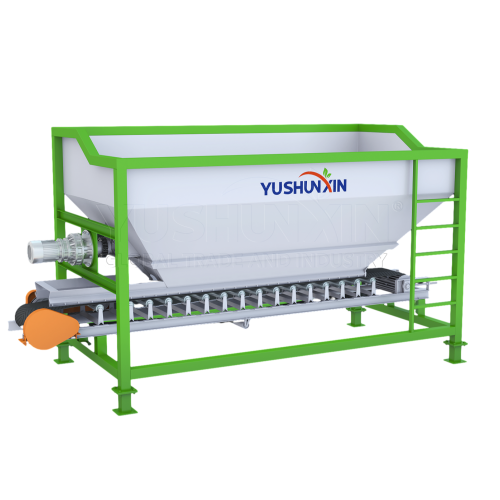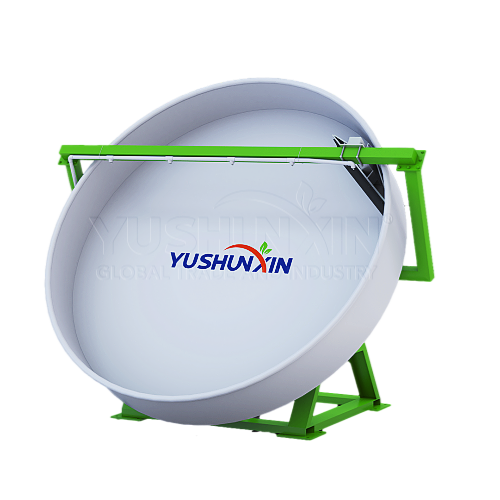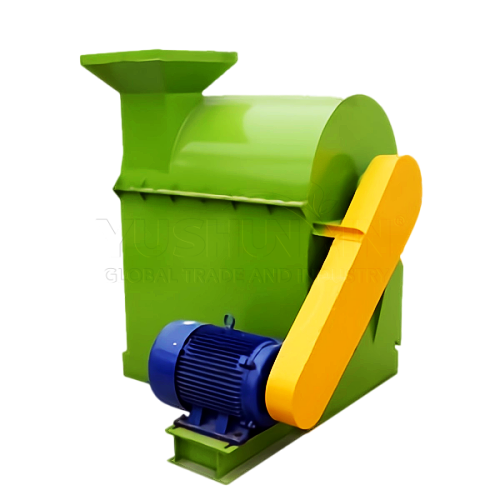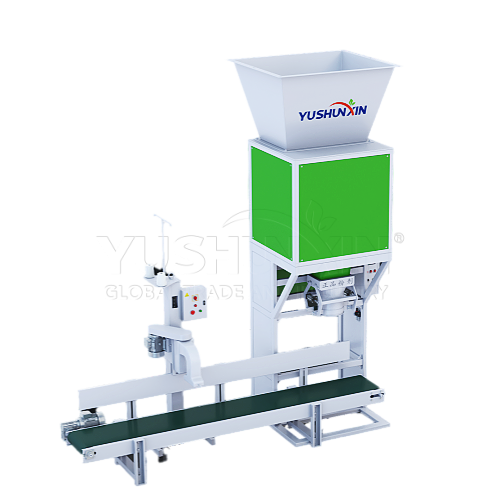Технология производства удобрений NPK
Технология производства удобрений NPK. Мы применяем в наших производственных линиях порошка или гранулированных видов фьюрилизации предназначены для производства удобрений качественного состава.. Например, у нас есть 3 основные методы соответственно в Линия смешивания удобрений NPK, Линия влажной грануляции и линия сухой грануляции. Также, У нас есть специальные технологии для каждой стадии производства удобрений NPK от сокрушительного, Грануляция до мешков. Кроме того, Если вы хотите эффективно сделать сложные NPK с большим количеством питательных веществ и рыночной конкурентоспособности, Вы можете рассмотреть наш Оборудование для производства удобрений. Из -за превосходного мастерства и обширной экспертизы наши промышленные технологии, Наше оборудование для удобрений NPK является ведущим в индустрии удобрений.
Технология производства удобрений влажного NPK
АS факт, Влажная грануляция для Завод по производству удобрений NPK Используйте метод агломерации, чтобы сделать порошкообразные материалы, затянутыми в шарики. Более того, Этот процесс нуждается в с помощью воды или жидкости. Эта технология Granulize Fertilizer NPK подходит для крупномасштабных производителей удобрений, которые ищут эффективные и высокие методы производства удобрений NPK NPK NPK.
Следовательно, Наше растение разрабатывает два метода влажной грануляции NPK: грануляция ротари. Более того, Они идеально подходят для производства высокого, середина, и шарики с низким содержанием концентрации. 20-40 Т/ч.
Вершина 2 Влажные грануляторы в процессе производства удобрений NPK
ОВаша компания предлагает два типа влажных грануляторов для производства удобрений NPK. Кроме того, Вы можете решить, следует ли установить водопроводное устройство. Вы можете выбрать два шаллетизатора на основе выхода производства комплексных удобрений., земельный участок, и бюджет. Таким образом, мы также можем настроить их в соответствии с индивидуальными потребностями.
В большинстве случаев, При производстве крупномасштабных гранул удобрений NPK (над 10 Т/ч), Мы рекомендуем объединить один барабанный гранулятор с несколькими грануляторами диска. Эта настройка оптимизирует эффективность производства и обеспечивает округлость готовых гранул.
Как производить высококачественные гранулы NPK с помощью техники влажной грануляции?
W.ET Грануляция играет важную роль в технологии производства удобрений NPK путем превращения многих сырья в качественные гранулы. Разумным планированием, Вы можете непрерывно кормить основное сырье NPK в вращающийся диск или барабан во время влажной грануляции. И у нас есть устройство для распыления водных растворов и клеев, чтобы помочь сформировать тонкий порошок в гранулы удобрений NPK, который предлагает значительные преимущества в грануляции удобрений NPK.
ТЕХНИКА Грануляции Грануляции сухого NPK
Типически, Технология сухой грануляции для производства гранулов NPK применяет метод экструзии для обеспечения агломерации твердых или порошковых материалов при внешнем давлении. Конкретно, Двойная экструзия ролика является наиболее распространенным методом производства гранул соединений NPK. В частности, Этот метод выгоден для клиентов с ограниченными бюджетами, Поскольку это устраняет необходимость в процессах дорогостоящей сушки и снижает потребление энергии. Кроме того, Он приносит пользу производству коммунальных удобрений NPK, которые требуют равномерного размера частиц NPK и хотят производить популярные гранулированные формы на рынке.
Какое оборудование использует технику сухой грануляции для изготовления гранул удобрений NPK?
УOU может использовать технологию сухого грануляции NPK для производства высококачественных гранул. Ключевым оборудованием в этом процессе является Двойной ролик извлечение гранулятор. Он завоевал похвалу большинства пользователей с момента его запуска! У нас распродажа, и купить сейчас, чтобы насладиться большим!
В итоге, Гранулятор с двойным роликом - идеальное оборудование для процесса сухого грануляции NPK.. Мы предлагаем высококачественные машины, которые являются экономически эффективными и настраиваемыми для ваших производственных потребностей. Вы можете связаться с нами, чтобы узнать больше о том, как наша технология может улучшить производство ваших удобрений.
Каковы преимущества сухой грануляции в производстве удобрений NPK?
ДюймовыйRy грануляция является важной техникой в производстве гранулированных удобрений NPK. Так почему мы предлагаем Маленький и средний установка для удобрений NPK Чтобы попробовать технологию сухой грануляции?
Какое сырье вы можете использовать в процессе сухой грануляции NPK?
W.E выявил некоторое сырье, подходящее для технологии Dry Granulation NPK.. Эти материалы могут образовывать сложные гранулы удобрения под физическим давлением без или с небольшим количеством воды. Например, Суперфосфат, Хлорид калия, и порошки сульфата калия. Потому что эти порошки NPK имеют высокую твердость гранул, Низкая растворимость воды, и не легко растворять, Сделать их идеальными для процессов прямой сухой грануляции.
В итоге, физические и химические свойства сырья, такие как твердость, Размер частиц, содержание влаги, и адгезия, непосредственно влиять на производительность двойного роликового компактного гранулятора в технике сухой грануляции NPK. Подходящей предварительной обработкой сырья и управления процессом, Вы можете сделать высококачественные шарики для удобрений с большой прочностью частиц.
NPK Fertilizer Blending Technique
primarily, the BB fertilizer plant design includes a complete NPK blended fertilizer production line. Также, bulk blending fertilizer production system integrates crushing, партия, смешивание, and packaging processes. На самом деле, many fertilizer manufacturers prefer setting up such a bb fertilizer factory because of its high efficiency and cost-effective solutions.
Почему выбирают технику смешивания удобрений NPK?
If you plan to start a new NPK fertilizer factory, you can choose our bulk blending fertilizer production line. Especially, our plant recommends this NPK blending fertilizer program for small to large fertilizer suppliers with limited fertilizer production experience. Because this npk pellet blending technology simplifies processes and eliminates drying or granulation steps. Поэтому, you needn’t purchase a dryer or granulator, reducing fertilizer equipment investment.
Более того, in comparison to other NPK fertilizer production techniques, we offer flexible bb fertilizer production programs to meet your actual production needs with capacities of 5 Т/ч, 10-15 Т/ч, 20 Т/ч, 50-60 Т/ч, или 60-80 Т/ч. Кроме того, this npk blended fertilizer production line doesn’t take up too much workshop area, только 500-2,000 ㎡ of workshop area. Следовательно, this bulk blended fertilizer technology helps reduce startup costs and accelerates investment returns.
What Are the Key Equipment of NPK Fertilizer Blending Method?
Тhe most essential equipment in the BB fertilizer production line is the rotary drum blending machine. Более того, we offer two models: BB fertilizer mixer and drum type BB fertilizer mixer. Both ensure efficient and uniform NPK fertilizer mixture preparation.
What Materials Are Needed for NPK Mixtures Blending Process?
Тhe bb fertilizer production process uses physical mixing method instead of chemical reactions. If you apply NPK fertilizer blending technique, Вы должны рассмотреть совместимое сырье NPK. Вот несколько примеров общих комбинаций ингредиентов. Также, you should ensure uniform NPK particle size (2-4 мм) and low moisture (<1%). So our plant suggests screening materials by the rotary screening machine to ensure BB fertilizer pellet size uniformity.
Main Materials for NPK Mixing Technique
Nitrogen sources include urea (46%), Аммоний нитрат (34–35%), and ammonium sulfate (21%). При смешивании смесей NPK в роторном барабанном миксере, you must prevent mixing nitrogen materials with acids or heavy metal salts to avoid the production of ammonia and nitrite gases.
Сульфат калия (50-52%), Хлорид калия (60%), and potassium nitrate are common potassium sources. Обычно, you can add them in the BB fertilizer mixer with nitrogen sources such as urea and ammonium sulfate.
Phosphate fertilizers like SSP (18–20%), Карта (48-61%), and DAP (46-53%). Однако, you can mix them with potassium inputs but avoid contact with alkaline substances like limestone powder to prevent the formation of insoluble phosphates.
Adding Auxiliary Elements in BB Fertilizer Production Process
If you want to add some nutrient substances to enhance the bb fertilizer granules quality, you may need a rotary coating machine or a pot. Например, you can add zinc sulfate, borax, or magnesium oxide for trace elements to improve capacity and quality. Кроме того, limestone or dolomite can be as pH adjusters to enhance improve the effectiveness of fertilizers, soil structure, and promote root development. Кроме, you can add coating materials like 1-2% kaolin clay in coating machine. Таким образом, it can prevent the problem of clumping caused by moisture during the storage and transportation of BB fertilizer.
By using the exact batching and blending equipment, your fertilizer plant can combine single element or compound fertilizers in proper ratios. Кроме, our company provides reliable NPK fertilizer production technology in BB fertilizer factory design for every fertilizer manufacturer or supplier who needs efficient, cost-effective fertilizer manufacturing processes.
Вершина 3 Методы дробления в производстве удобрений NPK
В производстве удобрений NPK, Дробление - это важный процесс для разрыва составных NPK на более мелкие частицы для лучшего смешивания и грануляции. Таким образом, Есть три общих метода сокрушительного, которые представляют собой шлифование мочевины, Технология шлифования клетки и шлифования цепей.
Эта технология может сломать более крупные шарики мочевины и преобразовать в тонкие порошки, чтобы облегчить последующие процессы смешивания и грануляции. Обычно, Этот метод обычно использует зазор между роликом и вогнутым пластинкой, чтобы размолоть и разрезать частицы мочевины в 0.3-0.5 мм. Когда дело доходит до емкости, SXNS-80 может распоряжаться 5-8 тонны сырья в час, с входом в влаге меньше, чем 5%.
Технология дробления клеток подходит для измельчения мягких и хрупких материалов, такие как промышленная печь шлака, сланец, Средний твердый уголь, и т. д.. Также, он может играть роль в смешивании и сокрушительном одновременном одновременном сырье. Фактически, а Клетка дробилки имеет свободное требование для содержания воды сырья, обычно внутри 12%. Когда дело доходит до емкости, SXLSF-800 может обработать 6-10 Т/ч материалы с 0.2 мм в размере.
Последняя техника подходит для сокрушительных блоков и жестких предметов в меньшее, чем 3 мм в производстве удобрений, например фосфатной породы, уголь, известняк, и т. д.. Например, Наш инженер разрабатывает два типа цепная дробилка. Один Вертикальная дробилка с одним валом с возможностями 2-3 Т/ч и дешевая цена $900. Кроме, Другое оборудование имеет два вала с наибольшей мощностью в раздавливании удобрений NPK 10-15 Т/ч.

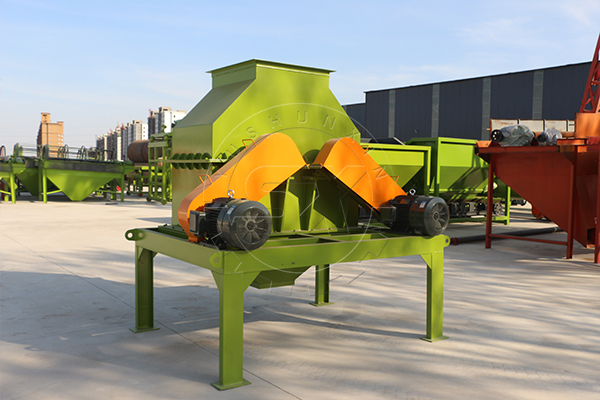
Эти методы дробления оказывают значительное влияние на разбивание сырья на желаемые размеры частиц для дальнейшей обработки в производстве удобрений NPK.
Вершина 2 Беременныйприспособление для Npk Соединения Прокинг
Когда дело доходит до технологии партии в производстве удобрений NPK, Наша компания разработала динамические и статические кардиологические машины, чтобы гарантировать, что процесс смешивания ингредиентов имеет ошибку меньше, чем 0.01. Кроме, Обе эти машины имеют уникальные характеристики и применимость.
Как фомулировать 15-15-15 NPK составное удобрение?
В качестве примера общую формулу удобрений NPK. Во-первых, доля NPK 15-15-15, что означает, что содержание 15% Не, 15% П2О5 и 15% K2О. Вот некоторые детали этой формулы.
- Мочевина (Содержание азота 46%): Добавление о 32.6%.
- Карта (Содержание фосфора 61%): Добавление о 24.6%.
- Сульфат калия (содержание калия 52%): Добавление о 28.8%.
- Другие наполнители и следы: Добавление о 14%.
В реальном процессе партии, Оператор добавит различные сырья в динамическая или статическая партийная машина в соответствии с соответствующим соотношением NPK специфических формул. Затем, Вы можете добавить необходимые вспомогательные материалы для удовлетворения требований готовых удобрений. Кроме того, Усовершенствованная система управления автоматически вычисляет количество каждого компонента NPK и строго контролирует соотношение в процессе партии. Таким образом, Это обеспечивает точность отношения NPK 15-15-15.
Конечно, Мы спросим клиента заранее, рассматривают ли он Автоматическая система кормления Чтобы уменьшить вмешательство человека. Как результат, Эта высокая технология партии делает Процесс производства удобрений NPK более надежный и эффективный, удовлетворение потребностей различных отраслей промышленности, в том числе профессиональных пользователей в сельское хозяйство, садоводство, и улучшение почвы.
Как сделать лучшее соотношение в процессе производства удобрений NPK?
В большинстве случаев, Соотношение NPK (Не:П2О5:K2О) является 1-1-1 (например.15:15:15 или 20:20:20) предоставит все питательные вещества, которые требуются все растения для оптимального роста. Кроме, Вот некоторые формулы для протокола удобрений NPK следующие/
Кроме, Вы можете установить соотношение смесей NPK 4-2-3 или 4-3-2 Для полного роста сельскохозяйственных культур.
Завод удобрений может повысить содержание фосфора, нравиться 1-2-1 Коэффициенты удобрений NPK.
Вы можете увеличить соотношение калия к 1-1-2, 1-2-2, или 2-1-2.
NPK Fertilizer Factory должна достичь 2-1-1 или 3-1-1 Коэффициенты удобрений.
Если вы хотите сделать точную составную пропорцию NPK, вам нужно более одного высококачественного парковочного машины. Однако, Если сырье содержат большие кусочки, с которыми трудно справиться, как DAP или другие источники фосфора, Вы должны раздавить их в первую очередь.

Получите бесплатную цитату сейчас!








